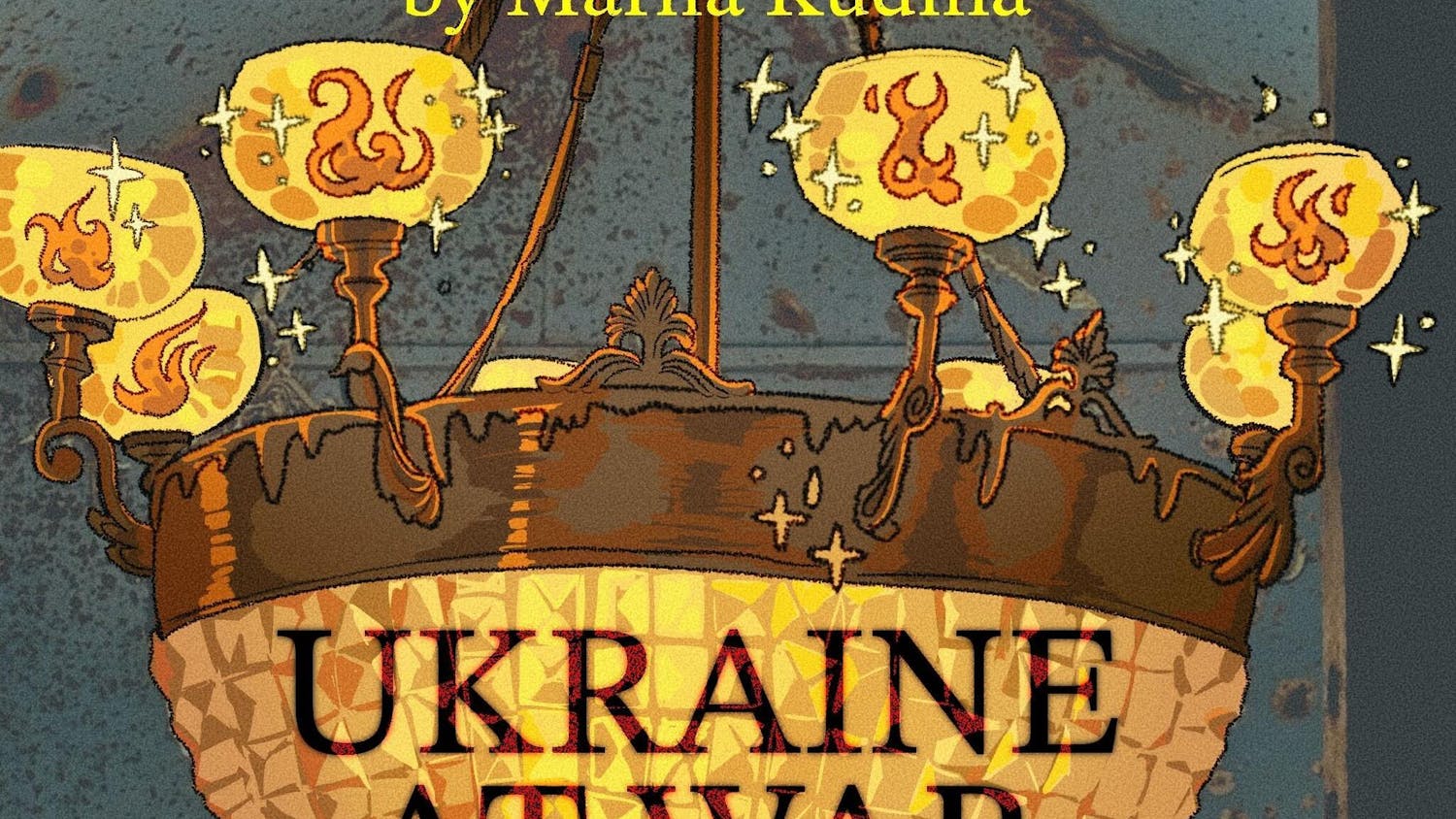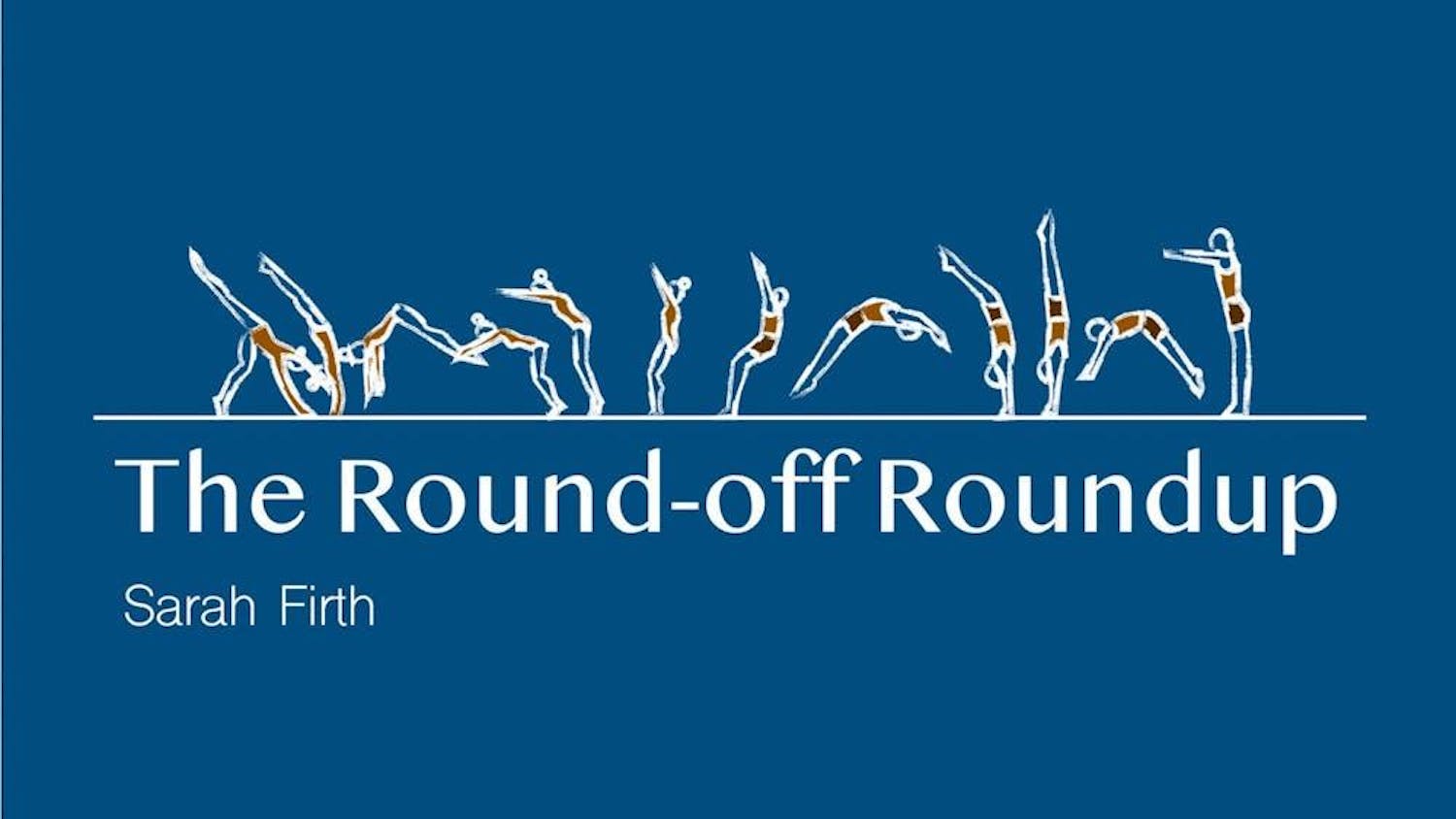I probably had unfairly high expectations for the movie "Boyhood" (2014), as every movie critic raved about its universality and originality. In some ways, it was worth the hype. I remained captivated throughout the entire three-hour film. The characters were dynamic, the dialogue was snappy and realistic and the movie’s scope was as impressive as the critics said. But by the end, I started to consider the lack of films about girlhood. I wondered if a similar film about a girl could ever receive the same widespread acclaim and the overall feeling of wonder achieved by "Boyhood."
The movie was in no way only about boys. Mason grows up alongside his sister Samantha and their parents also grow and change. But as the children get older, Samantha’s character becomes less interesting as Mason becomes more likeable. One of the final depictions of Samantha’s “maturation” shows her talking to Mason’s girlfriend about the abundance of “hot guys” in college. Whereas Mason grows deeper, Samantha grows into a stereotypically shallow college girl.
I don’t condemn "Boyhood" for focusing more on a boy’s experience. But I had trouble absolutely loving the movie when considering the plethora of films about boyhood and manhood and the lack of films about what it means to be a woman.
Many films that do feature female coming-of-age depict it as something that girls experience because of or in relation to men. For example, the “coming-of-age” film "An Education" (2009), features a young, smart woman on track to attend Oxford University, when an older man interrupts her studies by seducing her. The two date, he breaks her heart, and then she realizes the importance of education and independence. Though one could view this ending as “feminist,” must the 16-year-old woman have a physical and emotional experience with an older man to reach this conclusion?
Even when films depict girls coming of age without the influence of men, the male domination of the film industry prevents these films from accurately capturing girlhood. An example is the film "Blue is the Warmest Color" (2013). Despite starring two female characters in a lesbian relationship, a straight male gaze pervades the film. Director Abdellatif Kechiche has been criticized for the 20-minute long sex scene’s resemblance to lesbian porn intended for men. New York Times film critic Manohla Dargis wrote, “As the camera hovers over [the main character’s] open mouth and splayed body, even while she sleeps with her derriere prettily framed, the movie feels far more about Mr. Kechiche’s desires than anything else.”
Of course, it’s worth noting the many great books about girlhood, the graphic novel version of "Blue is the Warmest Color" being one of them. But unlike books, films are a form of mass media constantly influencing our perceptions and prejudices, and it’s sad that such an influential industry remains sexist both on and off screen. In 2013, six percent of directors of the top 250 films were female, and only one woman has ever won thePalme d'Or, the highest prize at the Cannes Film Festival. This inherent sexism is due to a lot of factors, some being that the industry remains a “boys' club” whereby sons of famous directors can more easily make the necessary connections. Frequent sexual harassment of women working on set is another unfortunate cause.
I don’t think we need to boycott "Boyhood," "An Education" or "Blue is the Warmest Color." I enjoyed all of these movies and would recommend them to everyone. But if we’re going to call them universal or groundbreaking, we also should acknowledge that these films aren’t breaking any new ground when it comes to gender.
More from The Tufts Daily





